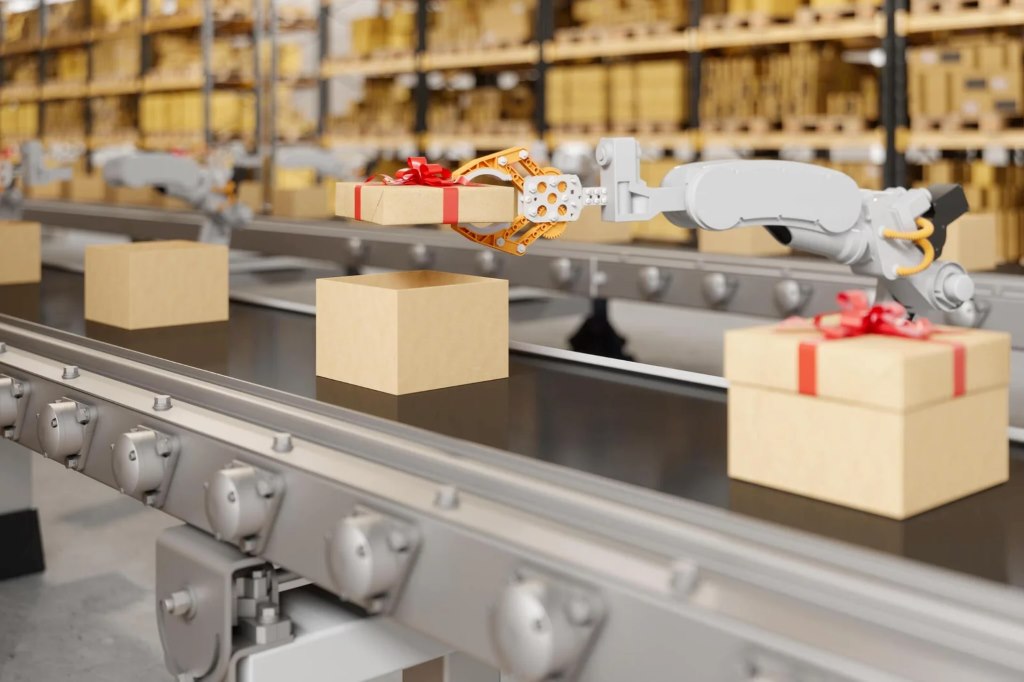
The Role of Technology in Crafting Heart Chocolate Gift Box
From humble bars to ornate boxes, chocolates convey sentiments that transcend time. Technological advancements have revolutionized chocolate gift box crafting, seamlessly marrying traditional craftsmanship with modern innovation. 3D printing enables intricate designs, while automated tempering ensures consistent quality.
Digital design software fosters creativity, allowing artisans to push boundaries. Despite these innovations, the essence of chocolate gifting remains rooted in tradition, each piece bearing the mark of artisanal care. This fusion of old and new ensures chocolates continue to be a cherished expression of affection and celebration.
Traditional Methods of Chocolate Crafting
Before the advent of modern technology, the creation of chocolate gift boxes was a labor-intensive process that relied on traditional methods and artisanal skills. Let’s delve into the meticulous techniques employed by chocolatiers in crafting these delicacies.
A. Hand-Crafted Designs
Chocolatiers employ meticulous techniques and attention to detail to handcraft each element of the chocolate gift box, resulting in a masterpiece of edible art.

- Attention to Detail: Chocolatiers approached each unique chocolate gift box as a work of art, paying meticulous attention to every detail.
- Use of Traditional Molds: Traditional molds and tools were indispensable in creating intricate designs on chocolates. These molds often featured classic patterns and motifs inspired by nature, architecture, or cultural symbols.
- Time-Consuming Process: The craftsmanship involved in hand-crafting designs made the process inherently time-consuming. Chocolatiers dedicated significant time and effort to perfecting each chocolate gift box.
- Limitations on Production Scale: Due to the labor-intensive nature of hand-crafted designs, the scale of production was limited. Chocolatiers could only produce a finite number of chocolate gift boxes within a given timeframe.
B. Manual Tempering
This meticulous process involves precise temperature control and a reliance on the expertise of the chocolatier.
- Precise Temperature Control: Tempering, a crucial step in chocolate crafting, requires precise temperature control. Chocolatiers manually heated and cooled the chocolate to specific temperatures to achieve the desired texture and shine.
- Reliance on Expertise: Chocolatiers relied on their expertise and sensory perception to determine the optimal tempering point for the chocolate. This required years of experience and a deep understanding of the tempering process.
- Risk of Inconsistencies: Manual tempering was prone to inconsistencies, as even minor deviations in temperature or timing could affect the quality and appearance of the chocolates. Chocolatiers had to exercise caution to maintain consistency across batches.
Blend of Traditional Craftsmanship and Modern Innovation
Traditionally, crafting chocolate gift boxes was a labor-intensive process, relying heavily on manual labor and artisanal skills. However, with the advent of technology, chocolatiers now have access to a wide array of tools and techniques that streamline the production process while elevating the quality and design of the final product.
1. 3D Printing
One of the most revolutionary advancements in chocolate crafting is the integration of 3D printing technology. By using food-grade materials, chocolatiers can now create intricate molds and designs with unparalleled precision.
This allows for greater customization, enabling customers to personalize their chocolate gift boxes with specific shapes, patterns, and even messages.
2. Automated Tempering Machines
Tempering, the process of heating and cooling chocolate to specific temperatures to achieve optimal texture and shine, is a critical aspect of chocolate making.
With automated tempering machines, chocolatiers can ensure consistency across batches, eliminating the risk of human error and producing chocolates of uniform quality. This not only enhances the visual appeal of the chocolates but also prolongs their shelf life.

3. Digital Design Software
Gone are the days of hand-drawn sketches and prototypes. Digital design software now allows chocolatiers to visualize and refine their creations in a virtual environment before bringing them to life.
Whether experimenting with new shapes, experimenting with flavors, or designing intricate patterns, technology empowers chocolatiers to push the boundaries of their creativity and innovation.
Enhancing the Customer Experience
Beyond the production process, technology also plays a pivotal role in enhancing the overall customer experience when it comes to chocolate gift boxes.
1. Online Customization Tools
Many chocolatiers now offer online customization tools that allow customers to design their own chocolate gift boxes from the comfort of their homes.
These interactive platforms enable users to select their preferred chocolates, choose packaging options, and even add personalized messages or images. This not only adds a personal touch to the gift but also makes the purchasing process more engaging and convenient.
2. Augmented Reality (AR) Experiences
With the rise of augmented reality (AR) technology, some chocolate brands have introduced virtual try-on experiences that allow customers to visualize how their chosen chocolate gift box will look in real life.
By simply scanning a QR code or using a mobile app, users can superimpose digital renderings of different chocolate designs onto their surroundings, helping them make more informed purchasing decisions and enhancing their shopping experience.
3. Sustainable Packaging Solutions
In an era where sustainability is paramount, technology is also driving innovation in packaging solutions for chocolate gift boxes.
From biodegradable materials to eco-friendly designs, chocolatiers are harnessing technology to reduce their environmental footprint without compromising on quality or aesthetics.
This not only appeals to environmentally conscious consumers but also aligns with the values of corporate event planning initiatives.

Conclusion
Technology has undoubtedly revolutionized the art of crafting chocolate gift boxes, offering chocolatiers new tools, techniques, and opportunities to innovate. From 3D printing and automated tempering machines to digital design software and online customization tools, technology has enhanced every aspect of the production process, from design to delivery.
Moreover, technology has also transformed the customer experience, making it more interactive, personalized, and sustainable. As we continue to embrace the digital age, the role of technology in chocolate crafting will only continue to evolve, shaping the future of this timeless tradition for generations to come.


